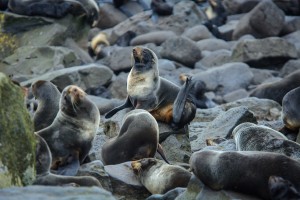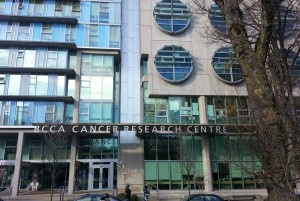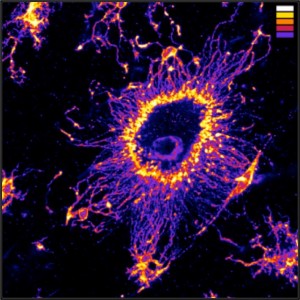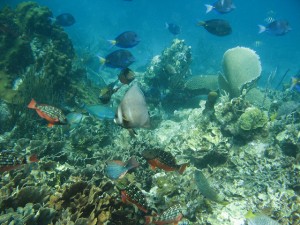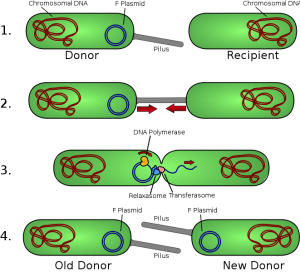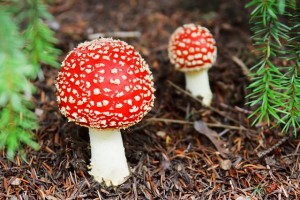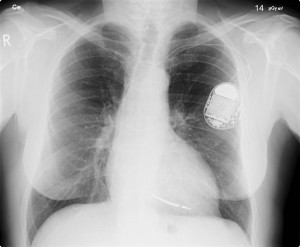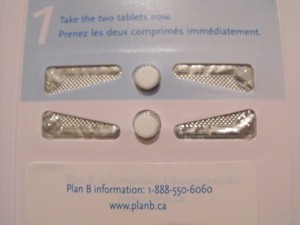The world’s biodiversity is slowly decreasing and the northern fur seal is no exception to this unfortunate event.
The population of northern fur seals found in the nearby Bering Sea is continuing to decrease.
If the population of northern fur seals continue to decline we may one day reach a level where the northern fur seal becomes extinct. Such a consequence could have a detrimental ripple effect for other species residing in the same area, potentially contributing to the loss of biodiversity that we are experiencing around the world. This could also have an impact on the fisheries of the Bering sea that many of us make use of at numerous times each year. If such fisheries are heavily impacted there could also be economical consequences.
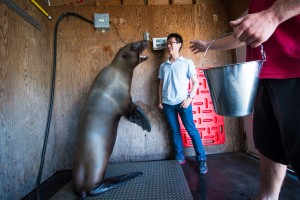
Seagle Liu
Department of Statistics at UBC
Source: Seagle Liu

Dr. Andrew Trites
Marine Mammal Reserach Unit at UBC
Source: Dr. Andrew Trites
Sealge Liu of the Statistics Department at the University of British Columbia (UBC) worked with Dr. Andrew Trites, director of the Marine Mammal Research Unit at UBC, and colleagues to provide more insight into the movements of these marine mammals. The findings of Seagle Liu and colleagues could help us learn more about the northern fur seal population.
In the following video we discuss this research and the implications of its findings with Dr. Andrew Trites.
https://www.youtube.com/watch?v=Yjpg68p23TY
Video Source: YouTube User Toby Buttress (Own SO Project Video)
As seen in the video above, researchers are now confident that the measurements they took can accurately represent the path of marine mammals. Accurate tracking of marine mammals can provide great insight into where the animal is at different points throughout the day. This is very important because from this we can gather information about movement patterns, which can show us if marine mammals change their habitat and feeding locations.
The following podcast provides more information regarding the decline of the northern fur seal and discusses how the findings of this research could help to conserve their population.
Audio clip: Adobe Flash Player (version 9 or above) is required to play this audio clip. Download the latest version here. You also need to have JavaScript enabled in your browser.
Podcast source: Own SO Project Podcast
As the podcast mentions, the information collected using sensors could help us to better understand what we need to do in order to help conserve the population of the northern fur seal. Efforts which need to be made may include educating the public on such issues as well as implementing action plans and regulations surrounding human impact on the environment.
With united efforts our ability to understand the northern fur seal is enhanced. Through current and future efforts involving teamwork and collaboration from different disciplines, we can hopefully maintain the current biodiversity found in the Bering Sea.
Monica Ko, Imran Khan, Toby Buttress, Rajpreet Gill

